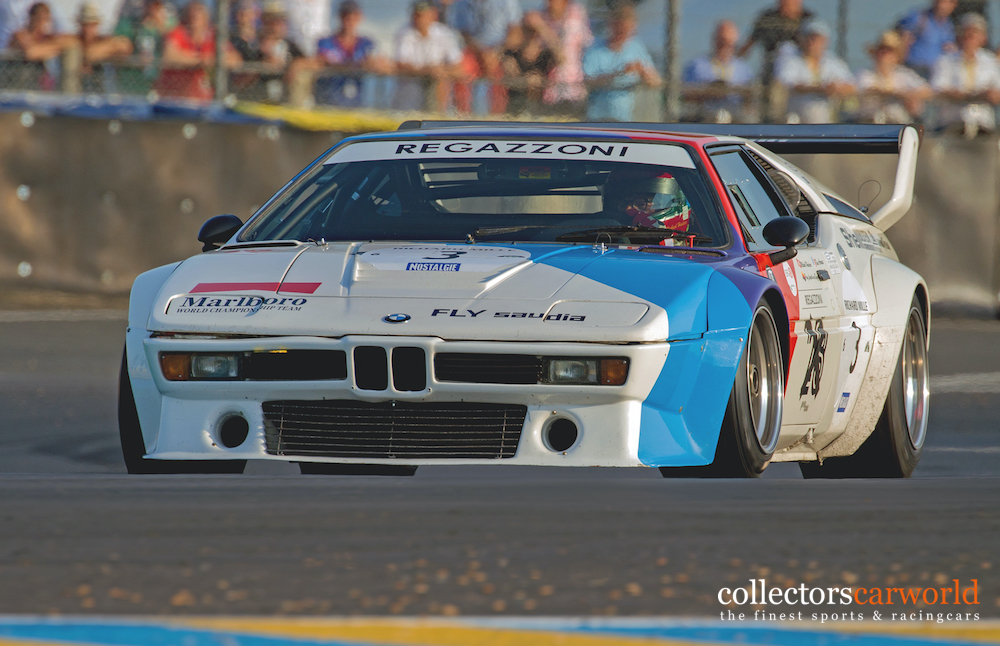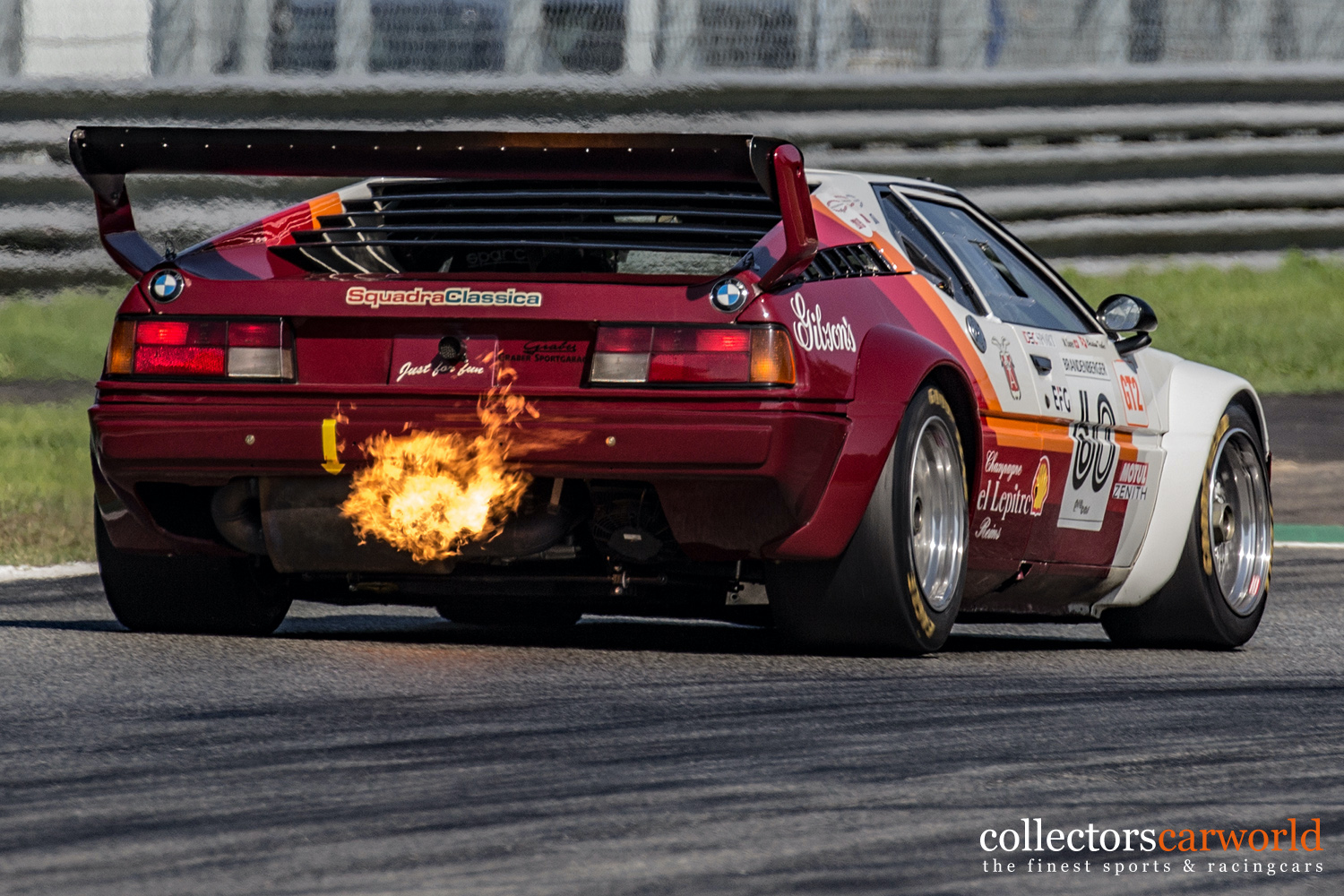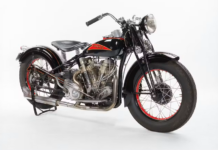More often ‘homologation specials’ have gone into history as the finest road cars of their era. A great example is the BMW M1, introduced at the 1978 Paris Motorshow as the company’s latest GT racing weapon. However BMW could not race the car in the intended Group 5 class, before 400 road cars were built and sold. The M1 offered supercar equaling performance and today, thirty years after the M1 had been shown to the public, it is considered as one of the most legendary BMWs ever built. But its concept, construction and racing career were far from trouble free.

The pictures were shot by Rainer Selzer at: Hockenheim Historic 2017 – Le Mans Classic 2018 – Retro Classics Stuttgart 2018 – BMW Art Cars Sonderausstellung im BMW Museum 2018/19 – Monza Historic 2019
The M1 was very much the brainchild of BMW Motorsport’s head Jochen Neerpasch. In 1976 he decided to start with a clean sheet for the replacement of the highly successful, but aging 3.0 CSL racing car. He had set its sights on the world manufacturer championship, which was held for the Group 5 class. The rules dictated a 400-car production minimum, but other than that were pretty liberal as to what modifications could be carried through. Taking full advantage of the clean sheet, Neerpasch laid out a mid-engined two-seater, to be powered by a 3-litre V10 engine. He expected the car to be highly competitive on the track and in addition help BMW to enter the elite group of supercar manufacturers.
One of the first problems that Neerpasch had to tackle was BMW’s inexperience with designing and building a mid-engined supercar. So he called in the help of the much more experienced Italians. Giorgietto Giugiaro’s Italdesign was commissioned to design the exterior, while Lamborghini was given the responsibility to construct the car. Giugiaro masterfully combined elements from the Paul Bracq penned BMW Turbo Concept of 1972 with his familiar wedge shape design. The end result was a feast for the eys and even today looks remarkably modern, especially compared to other supercars of the day, like Lamborghini’s Countach.
The Italdesign labeled fiberglass body covered a state-of-the-art spaceframe chassis, constructed from square section tubes. The fully independent suspension and vented discs all followed the latest design trends. Unfortunately the V10 idea was binned as being too complicated and above all to expensive to design and develop in time. Instead the M1 was equipped with the familiar straight six out of the 3.0 CSL racing cars. Displacing just under 3.5 litres, it produced a hefty 277 bhp in road tune. Mated to a five speed gearbox, the 24-valve engine was mounted midships between the passenger compartment and the rear axle.

The reception of the M1 in Paris was overwhelming and the gathered media could not wait to get their hands on BMW’s first supercar. Wait is exactly what they had to do and at one point it looked like their patience would be tested indefinitely. After constructing just four cars, Lamborghini’s future was threatened by a looming bankruptcy and the M1 had little priority. Fortunately all was not lost as Giugiaro jumped in and offered BMW to build the M1 instead. BMW agreed and the construction finally got underway. Before being delivered to a customer, the M1 had traveled from Giugiaro’s small factory in Turin, to Baur in Stuttgart where the mechanicals were mated to the body and finally to Munich, where the often many quality issues were ironed out.
Even though production was now under way, the delays had scared off possible customers, which meant that the homologation requirement of 400 sold cars was hard to meet. Neerpasch nevertheless had the Motorsport department prepare a number of racing cars for the 1979 season. He had thought up of an excellent series to race the cars until they were fully homologated; Procar. This one make championship supported the Formula 1 rounds. In addition to the privateer entrants, BMW prepared six cars for the top-six qualifiers of the Grand Prix. With the exception of those contracted by Ferrari and Renault, the drivers were more than happy to participate.
The Procar series thus offered the crowds the opportunity to see their favourite drivers active in more than one race over the weekend. The races were often very spectacular and involved quite a bit more close action than most Grands Prix. Niki Lauda was crowned champion in 1979 and he was followed by Nelson Piquet in 1980. For various reasons, many of them political, the M1 Procar championship was not run again. By this time the competition cars were fully homologated and scored some great results. Unfortunately they faced the virtual unbeatable Porsche 935 K3s. The biggest success came in 1981 when David Cowart Kenper Miller drove their Red Lobster sponsored M1 to the IMSA GTO Championship.
Eventually Giugiaro/Baur/BMW produced 457 M1s, including all the racing cars. Financially the M1 was certainly not a success and the racing record, especially for a BMW, is not overly convincing either. If Neerpasch had not come up with the Procar championship, the M1 would have been a complete disaster. Well maybe not, actually most certainly not; the M1 is a superb machine both to look and also to drive. For us enthusiasts that is all that matters and after trying to forget about the M1 for several years, BMW have come around to appreciate the M1 for what it is. That is best illustrated by the big celebrations of the car’s 30th anniversary, highlighted by the M1 Hommage Concept and a Procar Revival race held before the German Grand Prix, which was appropriately won by Niki Lauda.
 About our photographer Rainer Selzer
About our photographer Rainer Selzer
Rainer Selzer is always ready for a big shot and is focused on historic motorsport.
He is working with us for over three years and visits motorsport events, classic car meetings or car museums. Follow him on instagram @rs65photos or visit his homepage www.rs65photos.com for more!
Report by Wouter Melissen for ultimatecarpage.com
Photos by rs65photos.com










